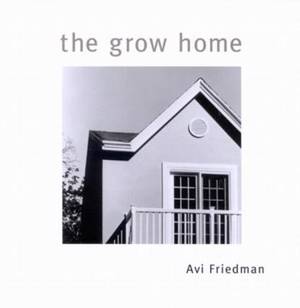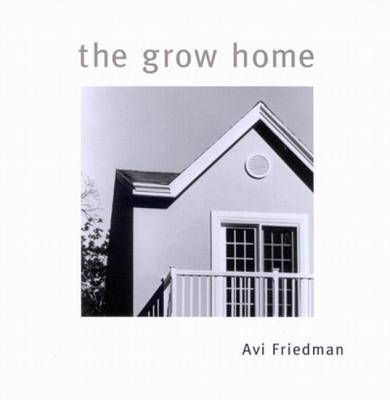
- Afhalen na 1 uur in een winkel met voorraad
- Gratis thuislevering in België vanaf € 30
- Ruim aanbod met 7 miljoen producten
- Afhalen na 1 uur in een winkel met voorraad
- Gratis thuislevering in België vanaf € 30
- Ruim aanbod met 7 miljoen producten
Omschrijving
With economic restructuring, demographic shifts, and lifestyle changes, the traditional family - working father, stay-at-home mother, two to three children - is no longer the norm and the need for smaller homes at moderate cost has skyrocketed. The first prototype of the Grow Home was built on the campus of McGill University in 1990 and more than one thousand units were built across North America and Europe in the first year alone. In this illustrated guide, Friedman describes the background, conception, and construction of these modest (14 x 36) homes. He details their construction for prospective owners, builders, and architects, showing how past and contemporary precedents have been transformed and how the first versions were adapted by the building industry. Visits to completed Grow Homes shed light on why such homes were purchased and the process by which they grew. Friedman also shows how the design has been adapted for prefabrication to meet the needs of the developing world. He describes the contribution that small-unit design makes to saving valuable natural resources and shares his experiences in planning communities based on the Grow Home. The Grow Home reveals the development and history of a concept that revolutionizes the home and building industry, has been translated into over 10,000 housing units, and has received, among many accolades, the United Nations World Habitat Award.
Specificaties
Betrokkenen
- Auteur(s):
- Uitgeverij:
Inhoud
- Aantal bladzijden:
- 206
- Taal:
- Engels
Eigenschappen
- Productcode (EAN):
- 9780773521681
- Verschijningsdatum:
- 9/02/2001
- Uitvoering:
- Hardcover
- Formaat:
- Genaaid
- Afmetingen:
- 224 mm x 248 mm
- Gewicht:
- 616 g

Alleen bij Standaard Boekhandel
+ 354 punten op je klantenkaart van Standaard Boekhandel
Beoordelingen
We publiceren alleen reviews die voldoen aan de voorwaarden voor reviews. Bekijk onze voorwaarden voor reviews.









